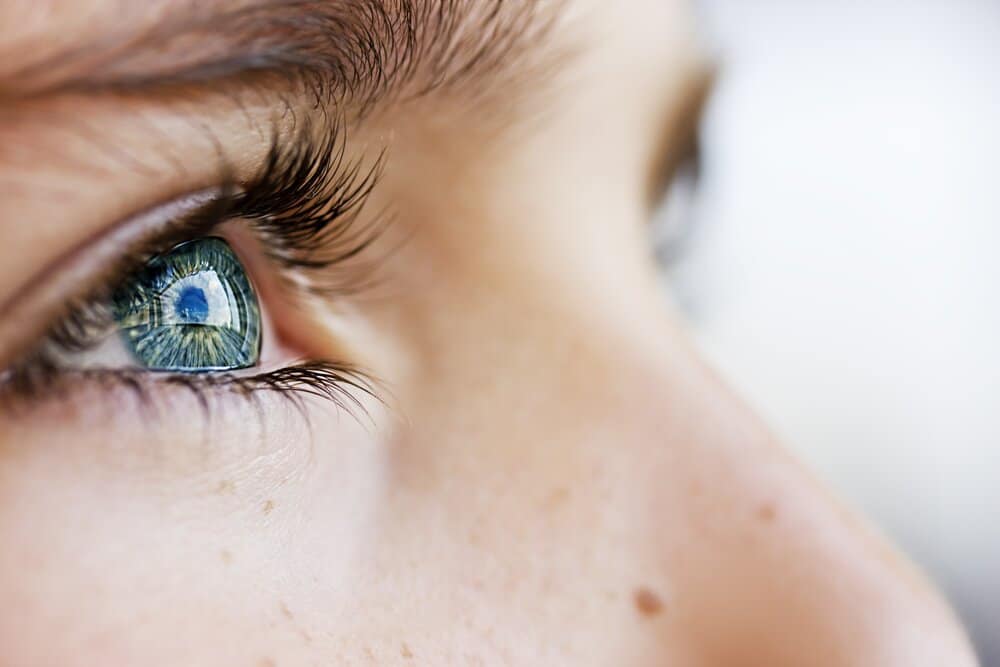Just when you think you’ve finally shaken off the winter bugs, you might find yourself dealing with an unwelcome guest—conjunctivitis.
Often referred to as “pink eye,” this irritating condition seems to spike at unexpected times, as found by Bayfields Opticians and Audiologists.
Over the last five years, they’ve noticed an increase in online searches for “conjunctivitis,” especially around February.
But don’t worry—understanding how to beat conjunctivitis isn’t complicated. Let’s dive into the nitty-gritty of this common eye problem and what you can do to protect yourself and your family.
What Exactly is Conjunctivitis?
Conjunctivitis is a common infection that inflames the conjunctiva, which is the tissue lining the inside of your eyelid and covering the white of your eyeball.
It’s the part that keeps your eye moist, but when it gets infected, that comfort turns into discomfort pretty quickly.
The condition can last anywhere from a few days to two weeks, bringing with it redness, itchiness, and sometimes some unsightly discharge around the eyes.
You might be wondering why conjunctivitis thrives more at certain times of the year. It loves cooler temperatures and dry air, which explains the spike in cases during late winter and early spring.
The infection spreads easily and can transfer between eyes or even from person to person. So, it’s important to stay on guard!
Viral vs. Bacterial Conjunctivitis
Conjunctivitis can be caused by either a virus or bacteria, and each comes with its own set of risks.
Viral conjunctivitis is the more contagious of the two, often passing through air when someone sneezes or coughs.
If you’ve been in close quarters with someone fighting a cold, you could be at risk for catching this eye infection as well.
On the other hand, bacterial conjunctivitis tends to affect children and older adults more often. It spreads through direct contact—think sharing towels or touching your eyes after shaking hands with someone who’s infected.
Kids in nursery or school are particularly susceptible, as they’re more likely to rub their eyes with unwashed hands or come into contact with contaminated items like toys or door handles.
Spotting the Symptoms
According to Angela Wiggins, clinical and business development director at Bayfields Opticians and Audiologists, conjunctivitis can sneak up on you with some familiar symptoms.
Red, itchy, and bloodshot eyes are the most common indicators. But keep an eye out (no pun intended) for:
- A hot or gritty sensation in your eyes
- Sticky eyelids or eyelashes, especially in the morning
- Watery eyes that won’t quit
- Discharge from your eyes, which could be either clear or yellow
- Flu-like symptoms, particularly if it’s viral conjunctivitis
Wiggins advises parents, in particular, to be vigilant. “Parents of young children at nursery or school probably know all too well how contagious conjunctivitis can be, so it’s important to take as many steps as possible to prevent this common infection spreading.”
Treating Conjunctivitis at Home
The good news is that you can often treat conjunctivitis yourself at home. Here’s what Angela Wiggins suggests:
- Use cooled boiled water and clean cotton wool to gently clean your eyelashes and the area around your eyes. Make sure to throw the cotton wool away immediately after use.
- Repeat this cleaning process three or four times a day until the infection clears up.
- If your eyes feel hot or irritated, try holding a cool flannel against them to provide relief.
- Avoid wearing contact lenses until your symptoms improve. Throw away any soft lenses you wore before or during the infection.
It’s also crucial to keep things clean. Wiggins recommends washing your hands regularly with warm, soapy water and cleaning anything that comes into contact with your eyes—like pillowcases, towels, and washcloths—in hot water and detergent.
When to See a Doctor
Most cases of conjunctivitis clear up on their own within one to two weeks. However, if your symptoms persist beyond this or you experience additional problems—like blurred vision, sensitivity to light, or eye pain—it’s time to seek medical advice.
A healthcare provider may prescribe antibiotic eye drops, or you may need a thorough check-up to rule out any more serious conditions.
For more expert advice on eye conditions, including how to beat conjunctivitis, you can visit Bayfields Opticians.





